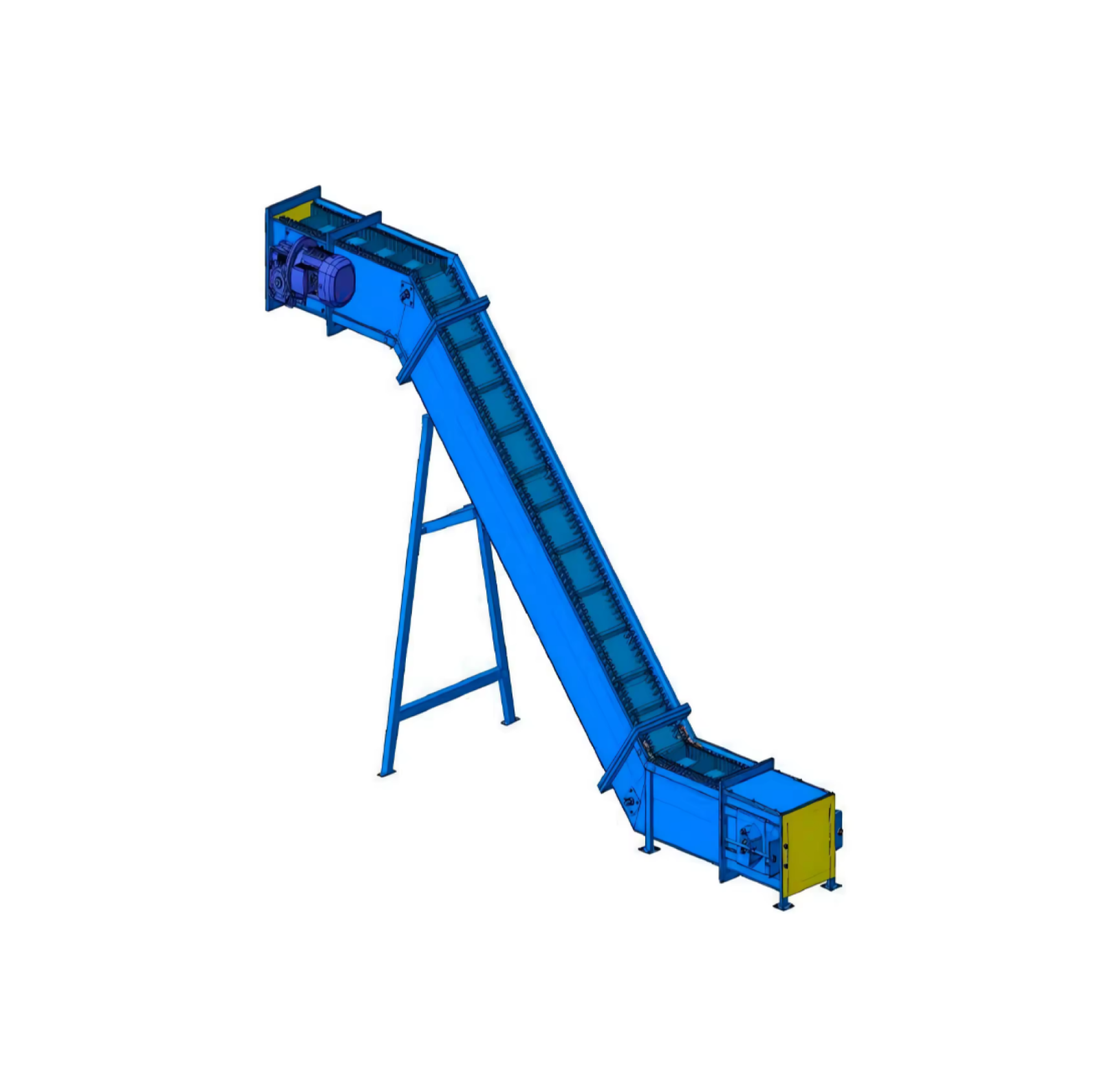New trends and practical applications of industrial conveyor technology development
2024/10/03
Henan Fubangde Mechanical Equipment Co., Ltd.
Cultural content
Explore the latest technologies and application trends in the field of industrial conveyors, from the automation transformation of the manufacturing industry to improving production efficiency, and learn how to optimize production processes and adapt to market demands through advanced conveying systems.
introduction
With the continuous development of technology, industrial conveyors are increasingly used in manufacturing industries, especially in the process of automation transformation, conveyors play an important role. This article will discuss the latest technology of industrial conveyors and its practical application trends, aiming to provide reference for relevant companies and help them adapt to market demand by optimizing their production processes.
1. Latest technology of industrial conveyors
At present, technological progress in the field of industrial conveyors is mainly reflected in the following aspects:
- Intelligent technology: Through sensors and Internet of Things technology, conveyors can achieve real-time monitoring and data analysis, improving the intelligence level of equipment operation.
- Energy-saving technology: New conveyor design and driving methods can significantly reduce energy consumption and save costs for enterprises.
- Modular design: The modular conveyor system makes the assembly and maintenance of the production line more convenient and flexible, adapting to different production needs.
2. Application trends of industrial conveyors in manufacturing
With the continuous development of the global manufacturing industry, the application of industrial conveyors has also shown the following trends:
- Improve production efficiency: Reduce material transfer time by optimizing the conveying process and improve the efficiency of the overall production line.
- Automation transformation: Many traditional enterprises are actively transforming and realizing automated production through the introduction of modern conveying technology, significantly reducing labor intensity.
- Adapt to market demand: Use flexible conveying systems to quickly adjust production line configurations to adapt to different market demands and product types.
3. Analysis of industrial conveyor examples
Taking a large manufacturing company as an example, after introducing an intelligent conveyor system, the overall efficiency of its production line increased by 30%. Through real-time data monitoring, managers can quickly discover and solve bottlenecks in production, improving their ability to respond to market changes.
in conclusion
As an indispensable part of modern manufacturing industry, industrial conveyors' continuous technological innovation and application trends will effectively promote the improvement of production efficiency and the reduction of costs. Enterprises should pay attention to industry development trends and actively introduce advanced conveying technologies to achieve sustainable business growth.


